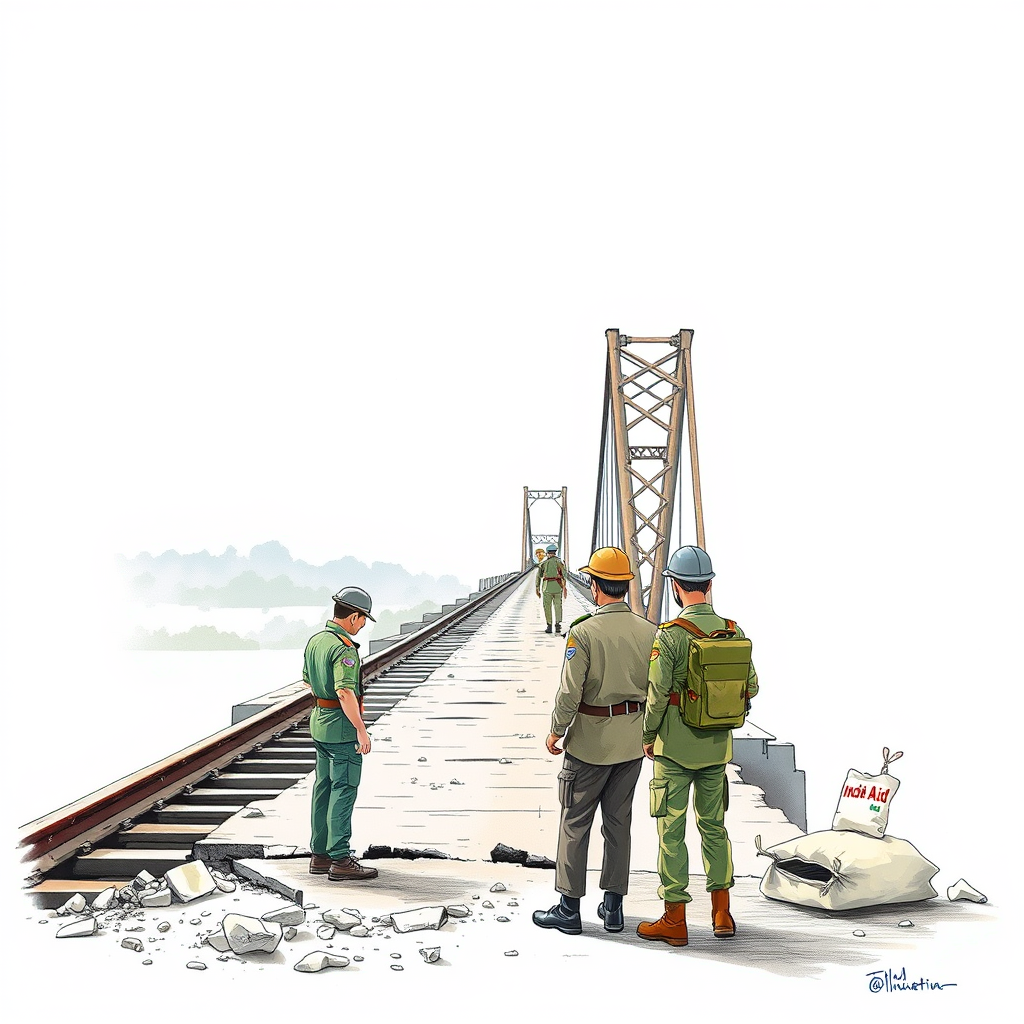Earthquake Shakes Myanmar, India Rushes Aid

A magnitude 4.5 earthquake struck Myanmar on Monday, according to the National Center for Seismology (NCS). The quake, which occurred at a shallow depth of 10 kilometers, raises concerns about potential aftershocks. The NCS reported the event occurred at 01:32:31 IST, with the epicenter located at 19.78 degrees North latitude and 95.49 degrees East longitude.
This latest seismic activity follows a more significant 7.7-magnitude earthquake that impacted the nation on March 28th. In response to both events, and a formal request from the Myanmar government, India has been actively providing support through “Operation Brahma.”
A specialist team of Indian Army Engineers arrived in Myanmar on April 6th, focusing initial efforts on assessing damage in the Naypyitaw and Mandalay regions. The team, led by a Commanding Officer and comprising six personnel, has been evaluating earthquake-affected infrastructure, offering technical expertise to guide relief and reconstruction.
Specifically, the engineers assisted Myanmar authorities in inspecting the Old Ava railway bridge over the Irrawaddy River in Mandalay.
Beyond infrastructure assessment, India has also extended humanitarian aid to its citizens residing in the Yangon region and to local communities. Ambassador Abhay Thakur recently delivered 15 tonnes of essential supplies – including rice, cooking oil, and foodstuff – to a local relief group. The Indian Consulate General in Mandalay contributed a generator, water purifier, and cooking oil to the Ambika temple kitchen, which is currently providing 4,000 meals daily to those affected.
India’s swift and multifaceted response demonstrates a strong commitment to regional support and humanitarian assistance in the wake of these natural disasters. While a 4.5 magnitude quake is unlikely to cause widespread devastation, the continued aftershocks and the existing damage from the larger earthquake necessitate ongoing international aid and careful monitoring of the situation. The focus on both infrastructure and direct support to communities highlights a well-rounded approach to disaster relief, prioritizing both immediate needs and long-term recovery.